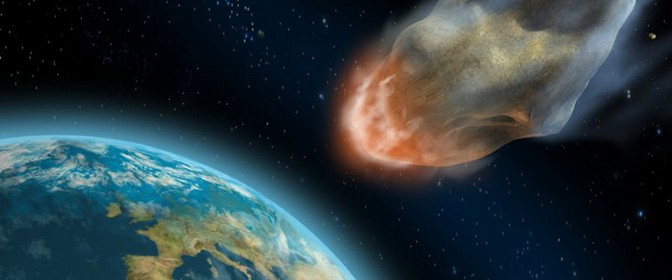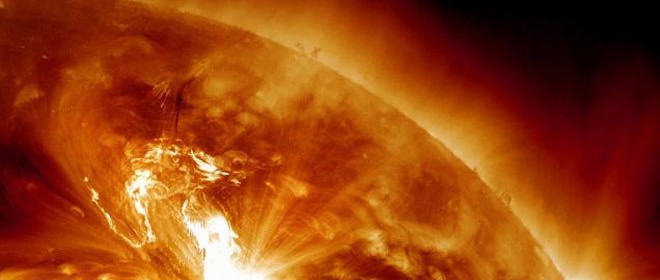Visitors from outer space

The most common Visitors from outer space… COMETS!! Near misses by comets and asteroids are rare events, but in 2013, predictions were made that earthlings would experience at least three. A menacing, 1,000-foot-wide asteroid named Apophis which passed within 9 million miles of our planet—close by astronomical standards. Dubbed “the doomsday asteroid,” Apophis has an elliptical orbit around the sun […]
Read more








